In the golden days, in the Central region, when mentioning tiles, people immediately think of Cua tiles. Cua tiles were almost exclusive in the North Central provinces, even exported to Laos. However, due to many reasons, the craft village is now a thing of the past.
A golden age
In late March 2025, PV was present at the Cua tile-making village (former Nghia Hoan commune, now Hoan Long commune, Tan Ky district, Nghe An province). Right on the main road leading in, a concrete welcome gate was built solidly and majestically.

Mr. Hoang Xuan Luong recalls the golden age of Cua tile village.
On the horizontal signboard, the words "Cua Nghia Hoan Tile Craft Village Production, Business and Service Cooperative welcomes you" have almost faded. To the right of the welcome gate, two spacious and imposing concrete houses were built in 2010. One house has an office signboard, the other is the cultural house of Cua Nghia Hoan Tile Craft Village.
Going deeper inside, the reporter saw a vacant lot of dozens of hectares that had been abandoned. Weeds and bushes grew wildly, becoming a place for people to graze their cattle. Among the grass and trees, there were many piles of red bricks used to build traditional kilns, covered with moss and dust. A few temporary houses were damaged and dilapidated, empty inside.
Looking into the distance as if reminiscing, Mr. Hoang Xuan Luong (68 years old) said that in its heyday, the craft village had nearly 200 tile kilns operated by 136 households, creating jobs for thousands of workers. Every day, traders and craftsmen from the northern provinces came to buy and sell, bustling with activity; cars and trucks came to sign contracts and transport goods from morning to night.
"People here not only live on tiles but also get rich from them. Like my family, my three children went to university and then went abroad thanks to the bright red tiles fired in their homeland.
On average, a tile kiln has 7 main workers and many seasonal workers. The main workers earn from 9 to 10 million VND/month. For the kiln owner, after deducting all expenses, each month he pockets about 15 to 20 million VND," Mr. Luong recalled.
House to house tile making
Mr. Nguyen Danh Hien, a resident of Hoan Long, said that his family had 3 tile kilns built by his parents since 1993, and in 1997, he and his wife were given the management. During the prosperous period, tiles not only brought income to those who directly worked in the profession but also contributed to changing the face of the poor countryside here.
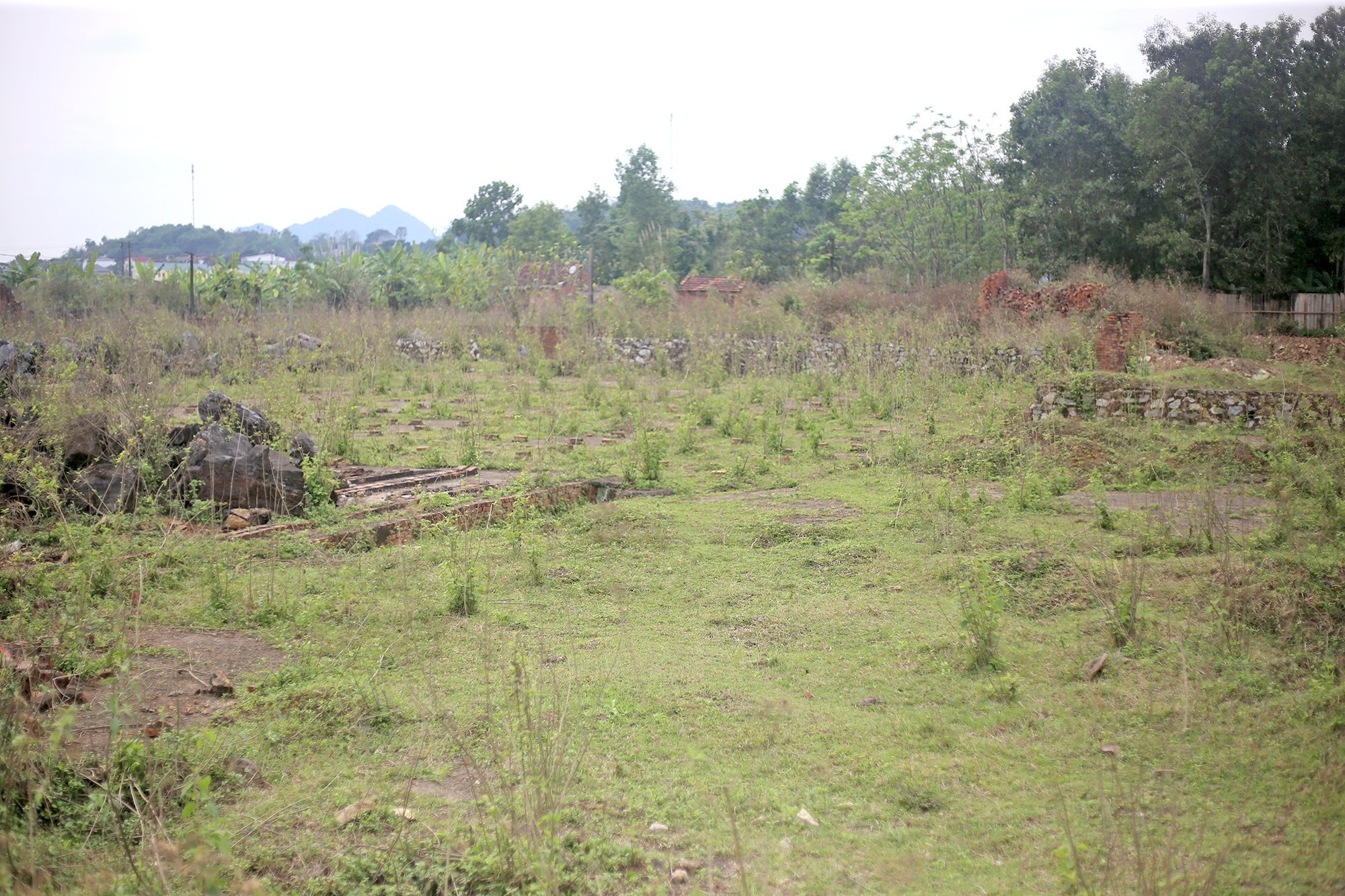
The once famous Cua tile village is now just an empty lot.
"Visitors from North to South come and go continuously, leading to the development of service industries such as restaurants and accommodation, thereby contributing to the economic development of the whole village and commune," said Mr. Hien.
According to the reporter's research, the first Cua tile kiln in Nghia Hoan was built in the late 70s of the last century by a worker from Hung Yen province. At first, the tile kiln here was mainly owned by descendants of workers from Hung Yen.
It was not until 1992, when people's lives improved and the demand for tiles also increased, that the first tile kiln of Nghia Hoan people was built. Since then, Nghia Hoan people have almost "lived only on tiles". During its heyday, there were nearly 200 tile kilns produced by 136 households.
Along with expanding the planning of raw material areas, people have also proactively invested in many modern equipment and applied many scientific and technological advances in production, which has brought about great efficiency.
On average, the village produces 40-50 million tiles each year, and in some years up to nearly 100 million tiles. Every year, the tile industry creates jobs for 1,000 regular workers and 2,000 seasonal workers.
Breakdown due to disunity
According to the locals, the most prosperous period of Cua tiles was from 2006, when this place was recognized as a small-scale handicraft village, and at the same time, the Cua Tile Village Cooperative was established. During those years, Cua village tiles had almost a monopoly in the market of 6 provinces in the North Central region, and were even exported to Laos.
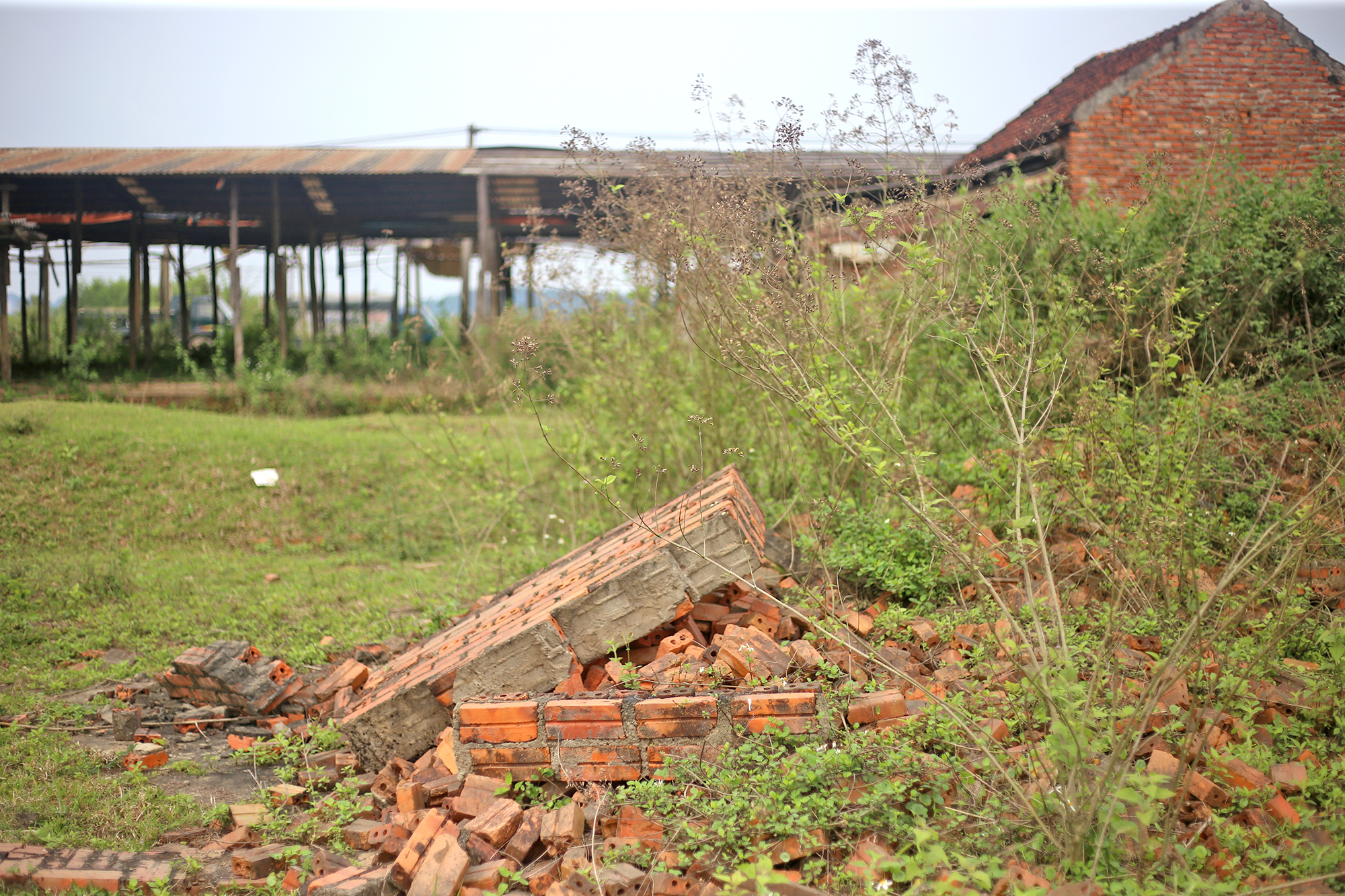
A few empty houses remain in Cua tile village.
Cua Village is also the largest tile-producing village in the Central region. Notably, on April 10, 2007, the Intellectual Property Office decided to protect the trademark of Cua tile products.
The reason why Cua tiles have developed continuously and created a big brand is because this place is blessed with a special type of soil by nature. There is an abundant source of clay here, especially the clay here is flexible, durable, and beautifully baked.
However, the glory did not last long as the Cua Tile Village Cooperative fell into internal turmoil, fighting, and lawsuits.
That was in 2014, before the government's policy of abolishing manual tile kilns, 53 households in the village contributed 200 million VND each to establish a separate cooperative, switching to production using new technology.
At this time, the remaining households of the old cooperative also built a high-tech brick and tile production project. The two sides had a conflict when competing for a favorable location in the craft village industrial cluster to build the factory.
The commune and district acted as arbitrators, lobbying and then the members of both sides agreed to merge the two cooperatives into one. However, the storm has not yet calmed down. Due to internal conflicts between the members and the cooperative's board of directors, the high-tech brick and tile factory project remains only on paper. In April 2019, the cooperative held a groundbreaking ceremony but faced opposition from some members.
"In fact, at that time, the Government only advocated eliminating manual kilns, not manual production. At that time, every few families would build a high-tech kiln together, then divide it among themselves to do the firing. In addition, if the leaders of the cooperatives thought longer and further, the craft village would not be in the situation it is now," Mr. Hoang Xuan Luong said sadly.
Mr. Nguyen Van Sam, Chairman of the People's Committee of Hoan Long Commune, said: After implementing the policy of closing down the manual brick and tile kilns, the abandoned Cua tile kilns posed a safety risk to the people. In 2022, the commune spent money to demolish the entire area. Currently, this land is managed by the commune and included in the general planning of the district's industrial cluster.
When asked about the plan to restore the tile-making village, Mr. Sam said it was very difficult because high-tech tile production facilities in other localities had developed very strongly, and it would be very difficult to compete.
Source: https://www.baogiaothong.vn/vi-sao-lang-ngoi-lon-nhat-mien-trung-bien-mat-192250327222413467.htm






![[Photo] Looking back at the impressive moments of the Vietnamese rescue team in Myanmar](https://vstatic.vietnam.vn/vietnam/resource/IMAGE/2025/4/11/5623ca902a934e19b604c718265249d0)
![[Photo] "Beauties" participate in the parade rehearsal at Bien Hoa airport](https://vstatic.vietnam.vn/vietnam/resource/IMAGE/2025/4/11/155502af3384431e918de0e2e585d13a)




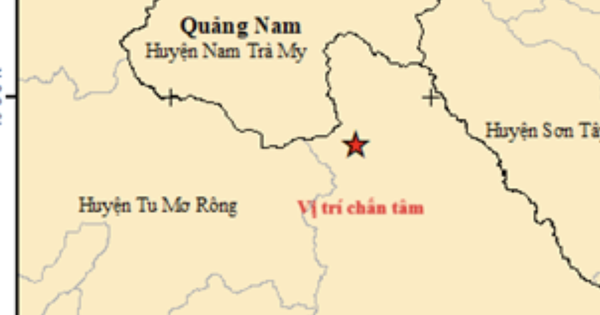
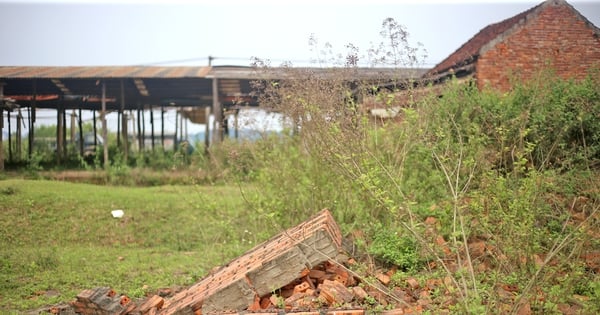
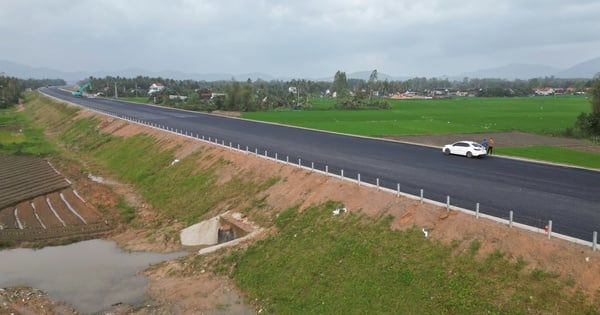
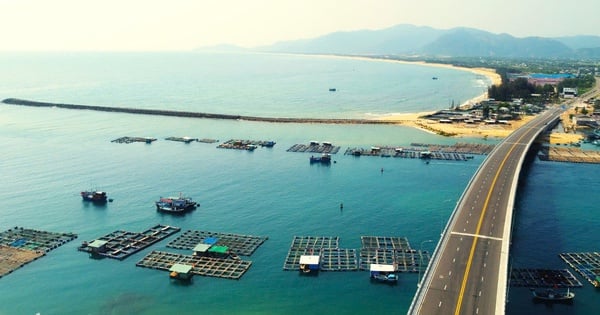





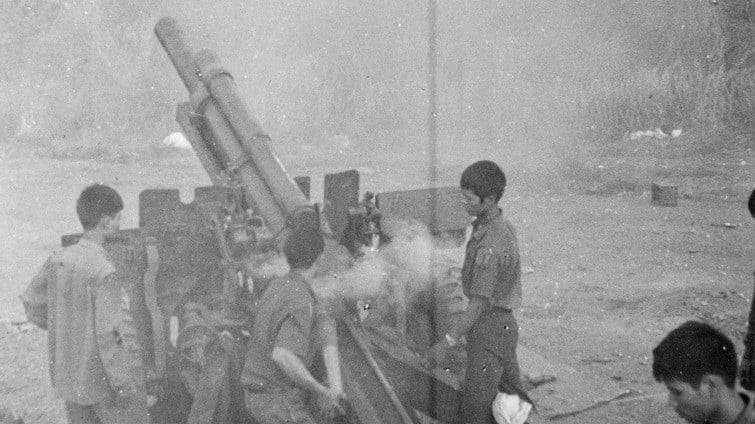







![[Photo] Summary of parade practice in preparation for the April 30th celebration](https://vstatic.vietnam.vn/vietnam/resource/IMAGE/2025/4/11/78cfee0f2cc045b387ff1a4362b5950f)
















































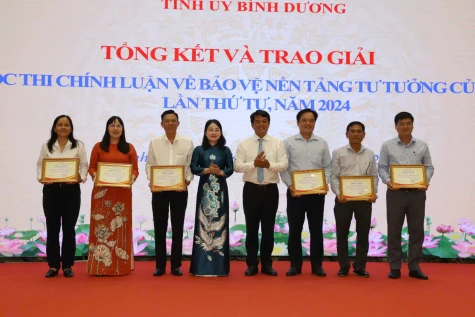













Comment (0)